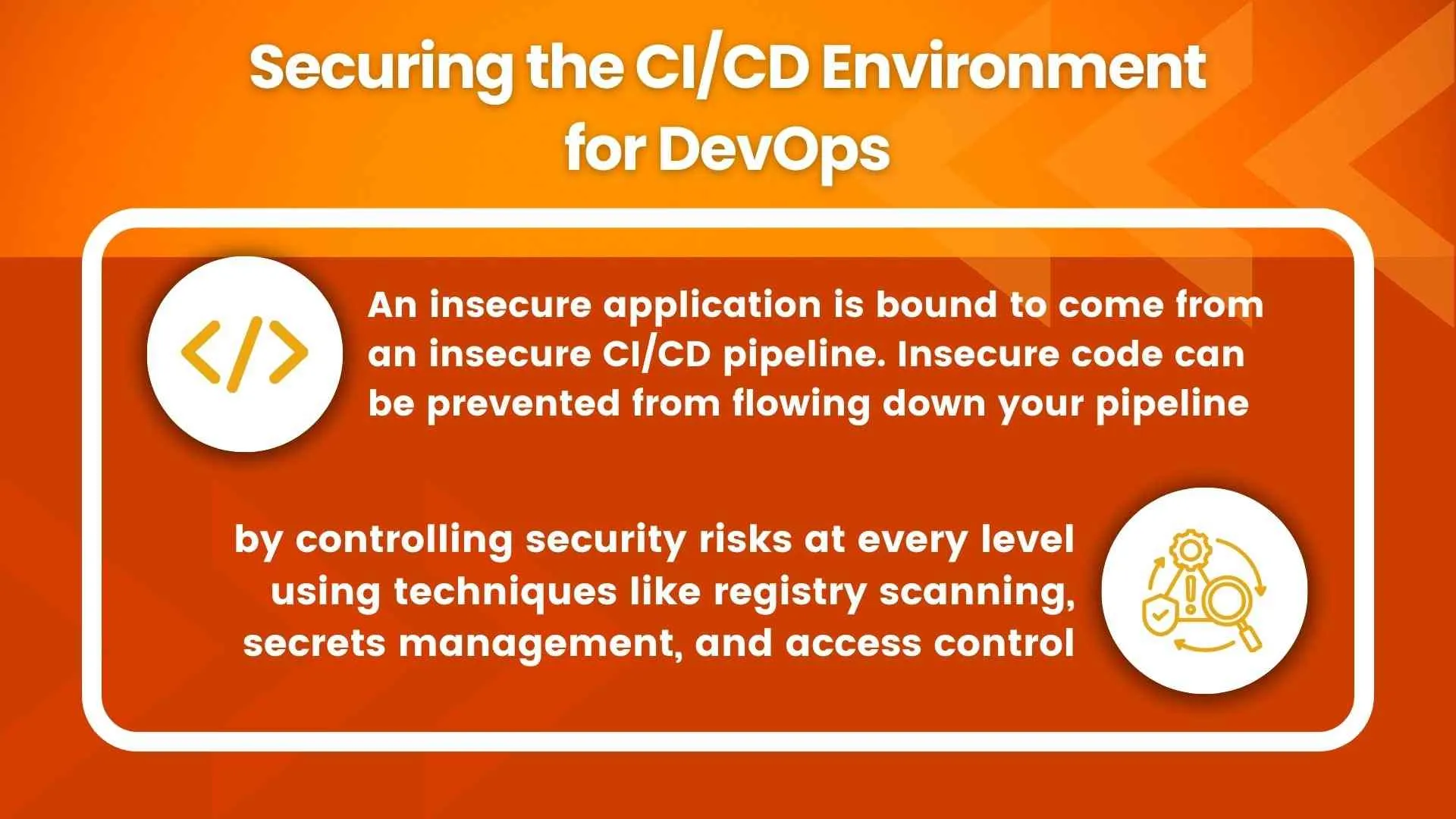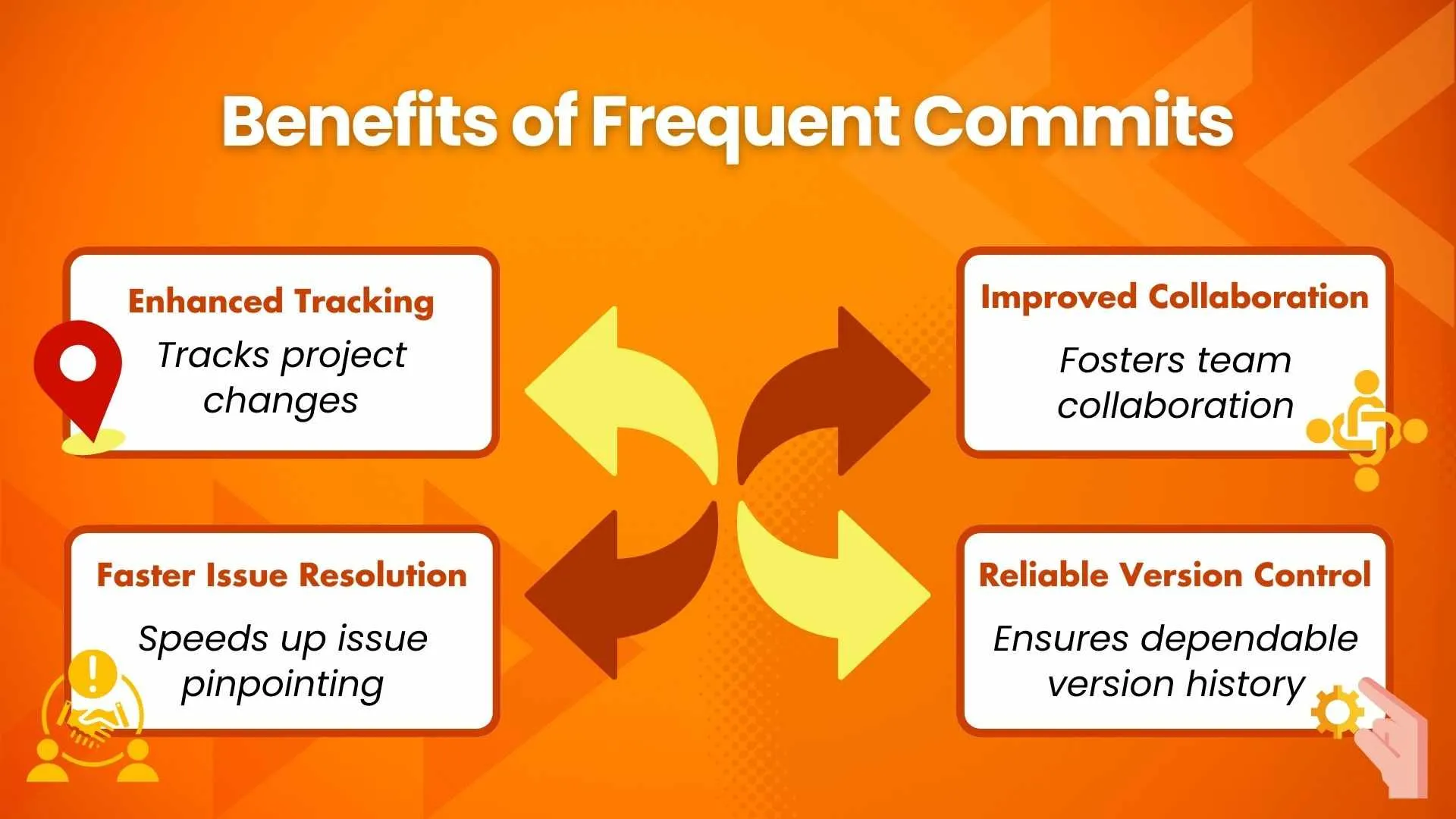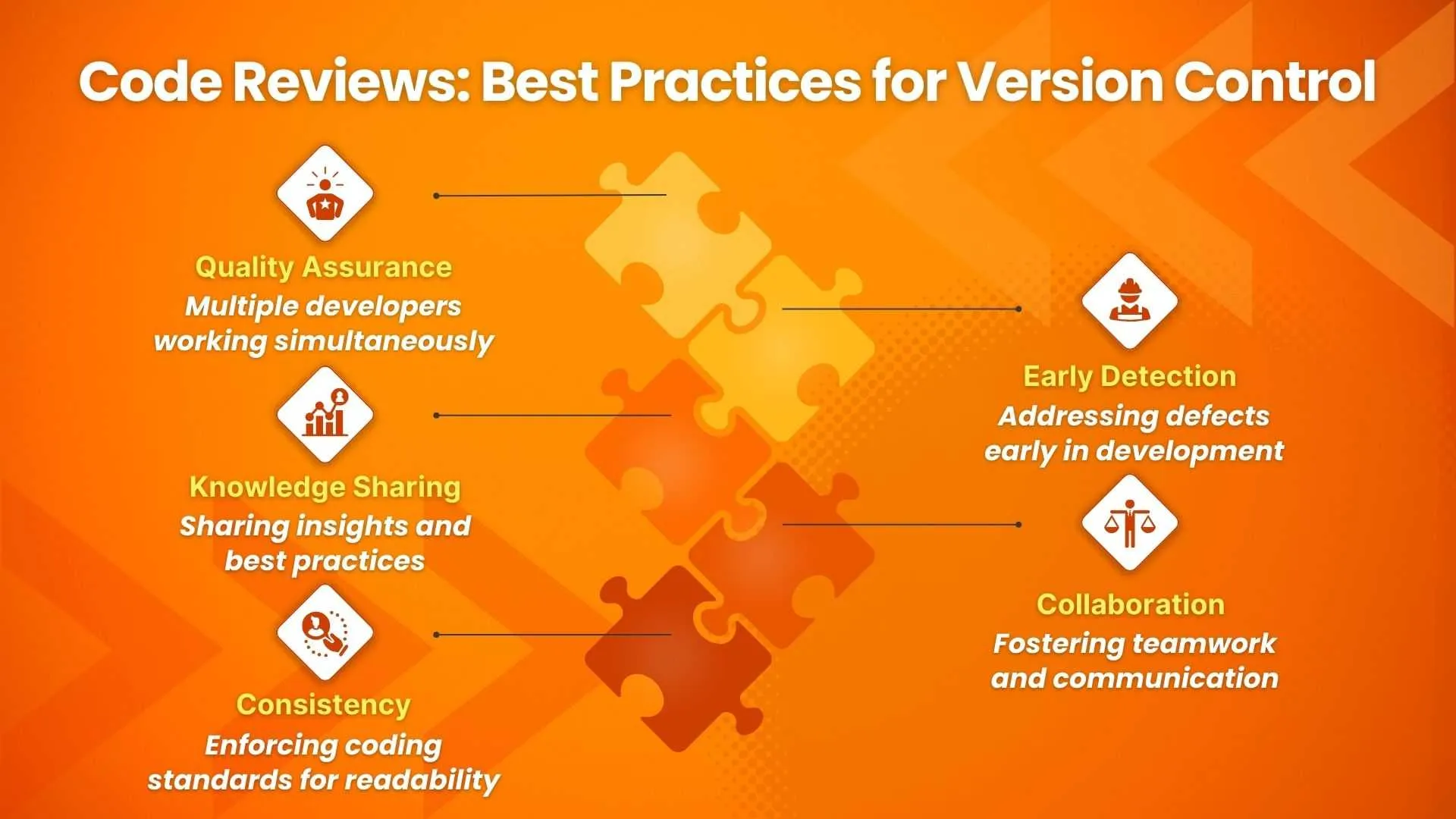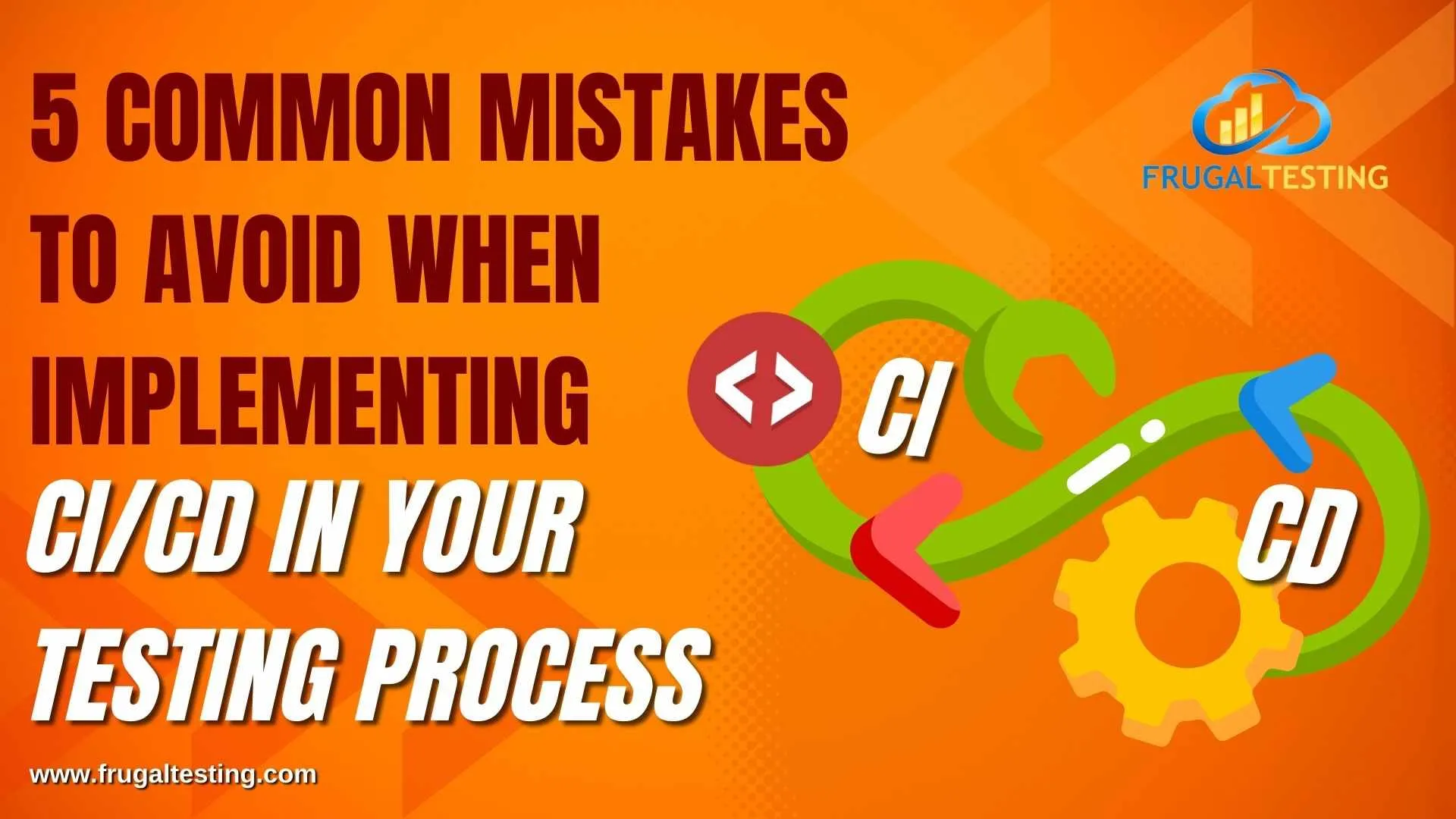Continuous Integration and Continuous Deployment (CI/CD) have revolutionized the software development process 🚀, enabling development teams to seamlessly integrate code changes, conduct continuous testing 🧪, and deploy software updates swiftly.
The implementation of CI/CD involves various stakeholders, including the development team, operations team, and DevOps team, each playing a critical role in ensuring the success of the deployment pipelines and continuous delivery process ⚙️.
Despite its numerous benefits, the adoption of CI/CD can be challenging, with organizations often encountering common mistakes such as inadequate unit tests, inefficient deployment processes, and lack of continuous testing 🛑.
In this article, we will delve into these challenges and provide insights on how development teams can overcome them to achieve successful Continuous Delivery 📦.
📌 Introduction to CI/CD: CI/CD revolutionizes software development by automating code integration, testing, and deployment processes.🚀
📌 Monitoring Pipeline Effectiveness: Key metrics like build success rate, deployment frequency, and mean time to recovery gauge CI/CD pipeline performance.📊
📌 Overcoming Implementation Challenges: Challenges such as coordinating teams, managing development stages, and ensuring effective code reviews can hinder CI/CD adoption.🛑
📌 Automating Correct Procedures: Automating suitable processes enhances efficiency and collaboration, preventing delays in feedback loops.⏰
📌 Ensuring CI/CD Security: Securing the CI/CD environment is crucial to safeguarding sensitive data and maintaining universal standards.🛡️
📌 Prioritizing Test Data Management: Effective test data management ensures accurate, relevant, and up-to-date data for testing, leading to quality product development.🌟
What is a CI/CD Pipeline?

Before delving into the common mistakes, let's first understand what a CI/CD pipeline entails 🛠️. CI/CD is a methodology that involves continuous integration, delivery, and deployment of code changes. A CI/CD pipeline automates the steps involved in building, testing, and deploying software, ensuring that code changes are quickly and safely delivered to production 🚀.
This process reduces the reliance on manual tests and human intervention, fostering team collaboration and establishing a continuous feedback loop 🔄.

The deployment pipeline has three objectives. Initially, it facilitates cooperation by making all phases of developing, implementing, testing, and publishing software transparent to all parties involved. Secondly, it enhances input to help identify issues and find solutions as early in the process as feasible. Lastly, it provides teams with the ability to automatically release and deploy any version of their software to any environment at any time.

Additionally, CI/CD pipelines help mitigate security vulnerabilities by implementing automated security checks and leveraging artificial intelligence 🤖. By streamlining the DevOps pipeline, organizations can consistently deliver high-quality software while maintaining a focus on continuous improvement and delivering value to customers 💻.
What Key Metrics should be tracked to monitor the effectiveness of a CI/CD Pipeline?
Tracking key metrics is essential for evaluating the effectiveness of a CI/CD pipeline and ensuring the success of functional testing, automated testing, and comprehensive testing processes 📊. Some important metrics to monitor include:
Monitoring these metrics allows teams to identify bottlenecks in the CI/CD process and make necessary improvements to streamline the testing platform and optimize the development cycle 🛠️.

What are some common challenges faced by organizations new to CI/CD?
Implementing CI/CD can be challenging, especially for organizations new to the methodology. Some common challenges include
- Navigating the Software Development Process: Understanding how CI/CD fits into the overall software development process can be complex.
Example: For instance, a development team may struggle to determine where CI/CD integration should occur within their existing development workflow. 🧭 - Coordinating Software Development Teams: Ensuring effective collaboration among different teams involved in the development process.
Example: The operations team and the development team may have conflicting priorities, leading to challenges in coordinating their efforts within the CI/CD pipeline. 👩💻 - Managing Stages of Development: Handling various stages of development, from planning to deployment, while maintaining consistency.
Example: During the testing stage, a bug may be discovered that requires changes to be made to the codebase, impacting subsequent stages of development. 📈 - Dealing with Chunks of Code: Managing large chunks of code and ensuring they integrate seamlessly.
Example: When integrating multiple features into the main codebase, conflicts may arise that require careful resolution to maintain code integrity. 📦 - Conducting Effective Code Reviews: Identifying and rectifying faulty code through thorough code reviews.
Example: During a code review, a reviewer may identify inefficient code that needs to be optimized for better performance. 📝 - Understanding Source Code: Gaining insights into the source code and its functionality.
Example: Developers may struggle to understand legacy code written by previous team members, making it challenging to implement CI/CD processes effectively. 📄 - Deploying Deployment Scripts: Ensuring deployment scripts are correctly implemented and executed.
Example: A deployment script may fail due to misconfiguration, resulting in downtime for the application. 🚀 - Creating Dedicated Test Environments: Establishing environments dedicated to testing to ensure accuracy.
Example: A dedicated test environment may be needed to simulate real-world scenarios and test the application's performance under different conditions. 🧪 - Mitigating Potential Issues: Identifying and addressing potential issues before they impact the development process.
Example: A security vulnerability may be discovered during testing, requiring immediate action to patch the code and prevent exploitation. 🛑 - Addressing Common Errors: Dealing with human error and the risk of errors that may occur during the CI/CD process.
Example: Accidentally pushing faulty code to production without proper testing can lead to service disruptions and user dissatisfaction. ❌

Addressing Automation Gaps in CI/CD Pipelines
Automating processes that are not suitable for automation can lead to inefficiencies and errors in the CI/CD pipeline. This can result in delayed feedback ⏰, hindering timely feedback loops 🔄, and impacting collaboration levels among software developers 👨💻.
However, addressing these challenges can lead to potential solutions and improve the overall efficiency of the CI/CD pipeline. 💡 The level of collaboration among team members plays a crucial role in identifying and rectifying automation gaps, ensuring that timely feedback is provided to developers throughout the development process.

Securing the CI/CD Environment for DevOps
Failing to secure the CI/CD environment can expose sensitive data and infrastructure to security threats 🛡️. This oversight can lead to vulnerabilities in the DevOps process and compromise the effectiveness of the continuous integration tool. Implementing a robust DevOps strategy is crucial for ensuring a secure environment and maintaining universal standards across the organization.
An effective strategy encompasses an agile mindset, emphasizing adaptability and responsiveness to evolving security threats. It also includes basic testing protocols to identify and mitigate potential vulnerabilities before they can be exploited.

Enhancing Collaboration in CI/CD for DevOps Success
Effective collaboration is crucial for the success of CI/CD. Lack of communication 🗣️ and collaboration between development, operations, and testing teams, including DevOps developers 👨💻, can hinder the effectiveness of the CI/CD pipeline and impede successful implementations of DevOps implementation.
Building a culture of teamwork and fostering open communication among all stakeholders is essential for achieving optimal results. 💼

Pick the right combination of CI/CD Tools
Choosing the right combination of CI/CD tools is essential for streamlining the development process 🛠️. Evaluate different tools based on your team's requirements and workflow to achieve your primary goal 🥇 and realistic goal 🎯.
This ensures that DevOps developers 👨💻 have the necessary resources to implement efficient CI/CD pipelines.

How can effective Test Data Management enhance CI/CD Processes?
Effective Test Data Management(TDM) ensures that the data used for testing is accurate, relevant, and up-to-date. This leads to the development of quality products. 🌟
- Application Performance Monitoring: Accurate test data allows for better application performance monitoring, ensuring that the software meets its performance requirements. 📊
- Effective Monitoring: With reliable test data, organizations can conduct effective monitoring throughout the CI/CD process, identifying any issues or bottlenecks early on. 🛠️
- Key Trends and Key Performance Indicators: By tracking key trends and key performance indicators, organizations can optimize their CI/CD processes and deliver high-quality software consistently. ⚙️

Best Security Testing Practices to Prioritize in a CI/CD Pipeline
Security should be a top priority in CI/CD pipelines. Organizations should implement security best practices such as:
- Code Scanning: Conduct regular code scanning 🕵️♂️ to identify and address security vulnerabilities.
- Vulnerability Assessments: Perform thorough vulnerability assessments 🔍 to detect and mitigate potential security risks.
- Access Controls: Implement robust access controls 🔒 to restrict unauthorized access to sensitive data and resources.
- Quality Assurance (QA) Processes: Enforce quality assurance processes to maintain the integrity and security of the CI/CD pipeline.
- Quality Gates: Set up quality gates 🛡️ to ensure that only code meeting predefined quality standards is allowed to progress through the pipeline.
- Collaboration and Communication: Foster collaboration and communication among the entire team, especially within an experienced team, to effectively address security concerns and maintain a secure pipeline workflow.

What are some Best Practices for Version Control within a CI/CD Pipeline?
Version control is crucial for managing code changes and ensuring the stability of the CI/CD pipeline. Some best practices for version control include:
📍Frequent Commits: Encourage developers to commit their changes frequently to the version control system. 🔄 This ensures that changes are tracked and documented throughout the deployment process 🚀.

📍Branching Strategy: Adopt a branching strategy that allows for parallel development and easy collaboration among team members. 🔄 This helps in managing different features and fixes within the delivery pipeline.

📍Code Reviews: Conduct regular code reviews to ensure code quality and adherence to coding standards. 🔍 This step is crucial in maintaining the integrity of the software delivery lifecycle.

📍Automation Testing: Integrate automated testing into the CI/CD pipeline to catch bugs and issues early in the development process. 🤖 This ensures that functional testing and Manual testing are supplemented with efficient automated tests.

By including these practices in the deployment process and delivery pipeline, teams can optimize their workflow and maintain high-quality software delivery during the software delivery lifecycle.
Conclusion
CI/CD makes software development easier by automating tasks like putting code together, testing it, and getting it out there. But, it's not without its challenges, like getting teams to work together and keeping everything safe.
To make it work, everyone needs to cooperate, use the right tools, and make sure security is tight. With CI/CD, companies can develop faster, make better products, and keep up with the competition in tech.
People also ask?
👉🏻Why Is It Essential to Integrate Test Automation Into CI/CD Pipelines?
Test automation helps in detecting bugs and issues early in the development cycle, allowing for faster feedback and iteration.
👉🏻How Can We Ensure Comprehensive Test Coverage in CI/CD?
Comprehensive test coverage can be achieved by implementing a combination of unit tests, integration tests, and end-to-end tests in the CI/CD pipeline.
👉🏻Why Is Environment Consistency Important in CI/CD?
Environment consistency ensures that code behaves the same way in different environments, leading to more reliable and predictable deployments.
👉🏻Why Is Security Testing Often Overlooked in CI/CD?
Security testing is often overlooked in CI/CD pipelines due to time constraints and a lack of awareness about its importance. However, integrating security testing into the pipeline is crucial for identifying and mitigating security vulnerabilities.
👉🏻How Does Version Control for Test Artifacts Benefit CI/CD?
Version control for test artefacts ensures the traceability and reproducibility of test results, making it easier to identify and fix issues in the CI/CD pipeline.





%201.webp)

